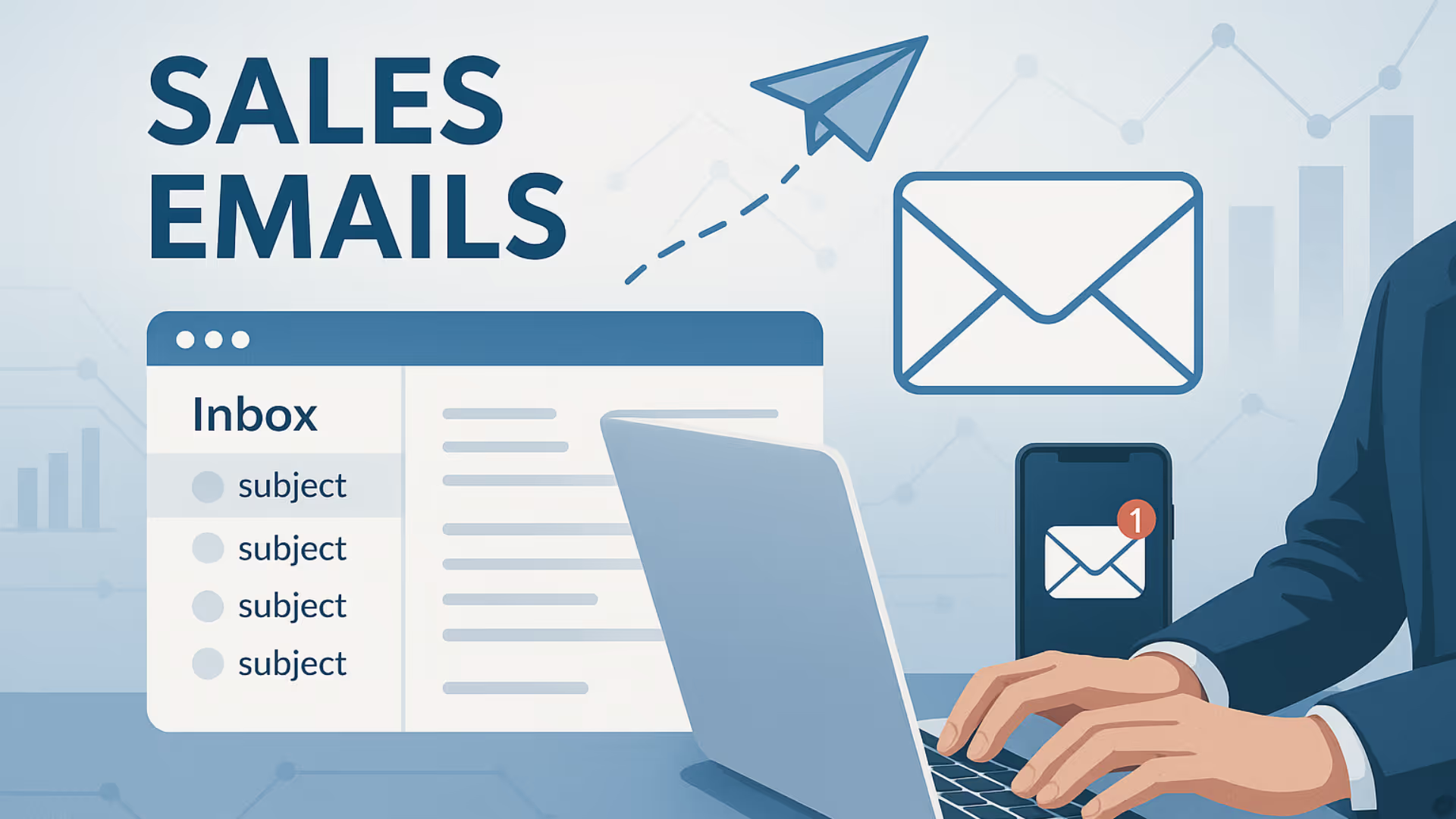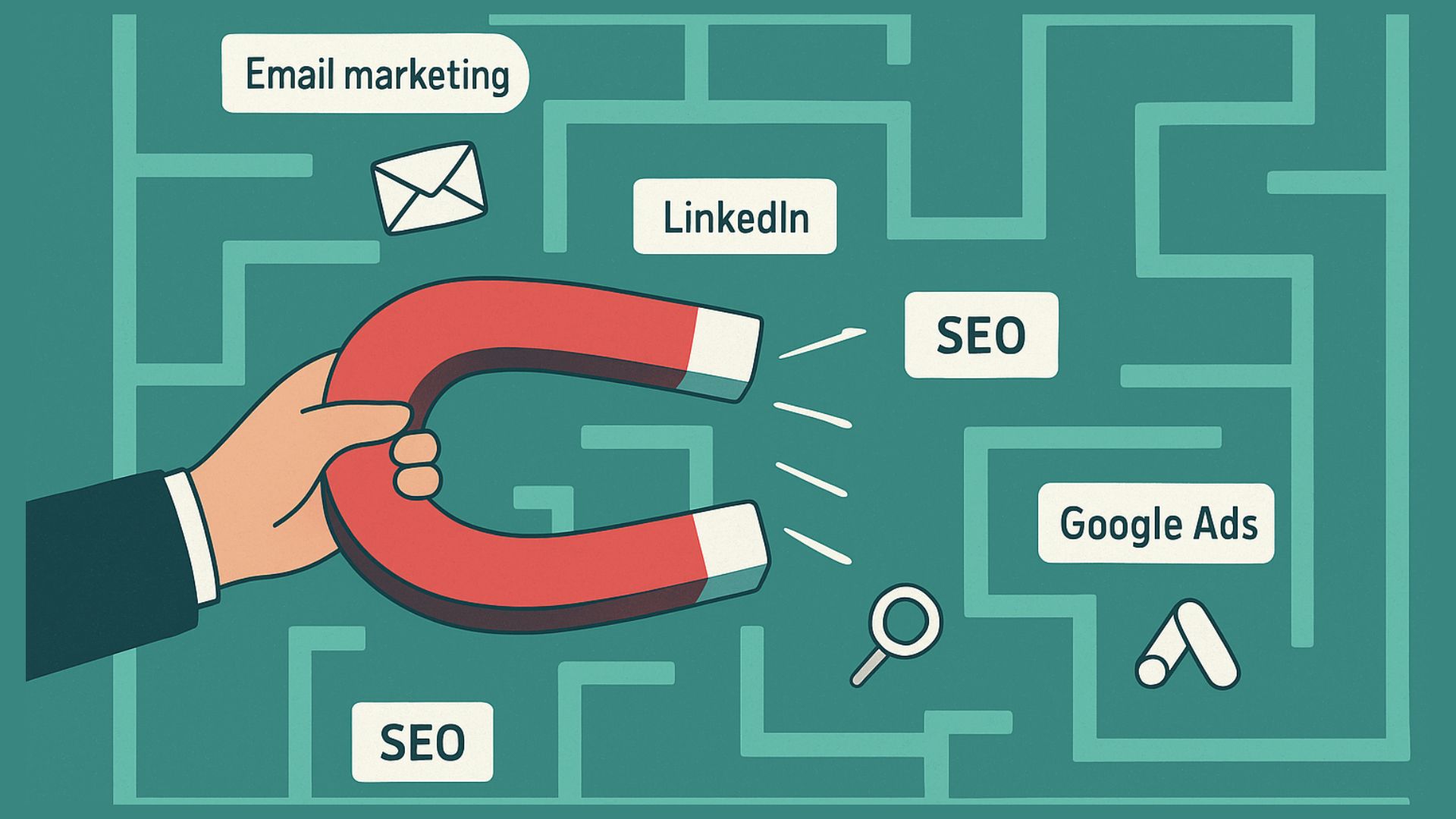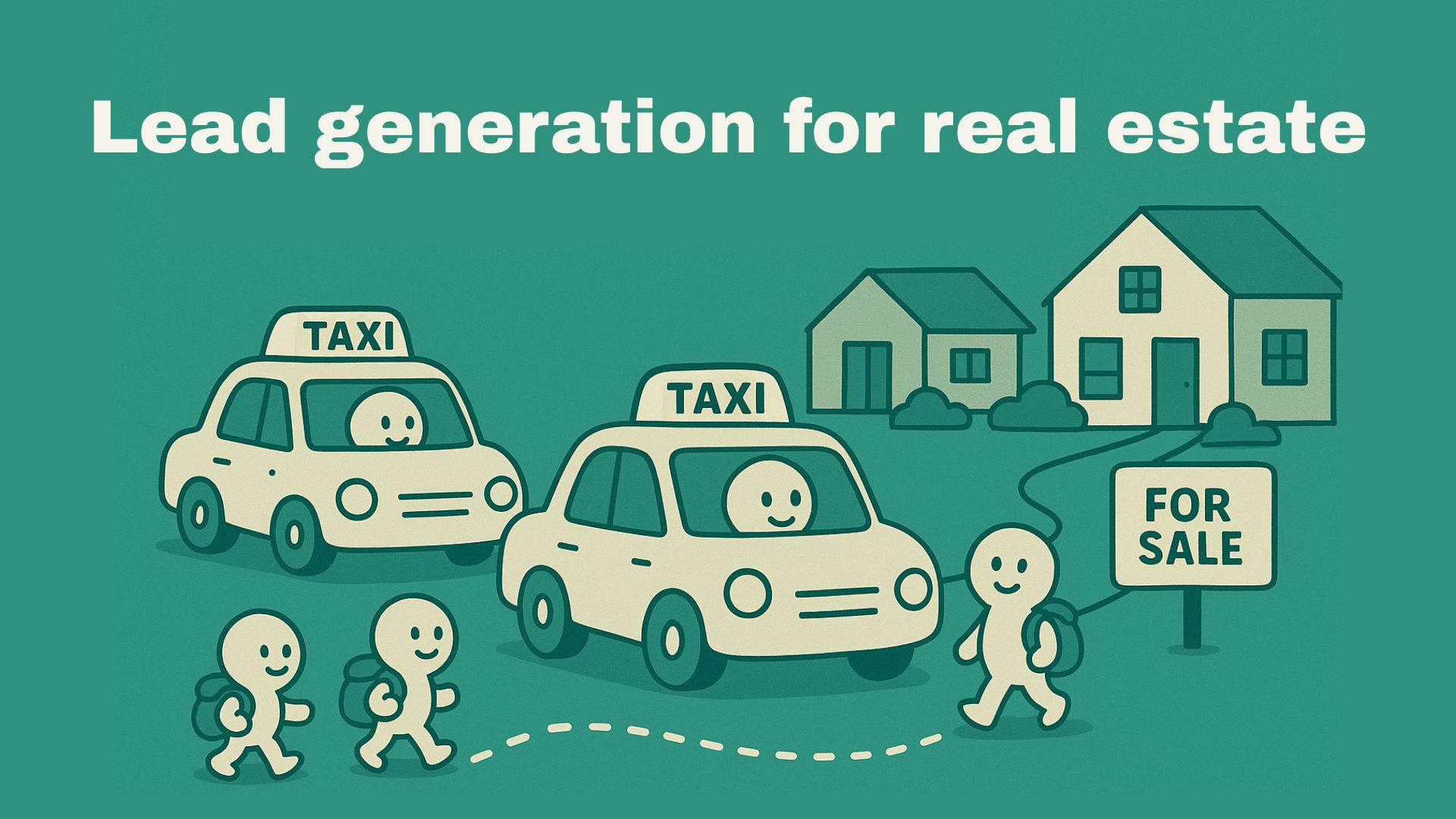


DMs and chats are cool but when done right, sales emails continue to drive real results. Whether you're reaching out to a brand-new lead or nurturing an existing relationship, a well-crafted sales email can spark curiosity, start conversations and close deals.
Let’s explore how to craft effective sales emails in detail through this blog.
20+ Sales Email Templates
Cold sales email templates
Cold outreach: Short and direct
Subject: Quick question about {Company}
Hi {First Name},
I noticed {personalized insight about company} and thought it might be worth a quick chat.
We help teams like yours {clear outcome} without {common pain point}.
Would you be open to a 15-minute call sometime next week?
Best,
{Your Name}
Cold outreach: Value driven
Subject: Reducing {pain point} at {Company}
Hi {First Name},
Companies similar to {company} use our product to {specific result}.
If {{pain point}} is a priority right now, I’d love to share how it works.
Does {day/time} work for a quick intro?
Please let me know.
Best,
{Your Name}
Cold outreach: Social proof
Subject: How {peer company} improved {metric}
Hi {First Name},
We recently helped {peer company} achieve {result} in {timeframe}.
Would it make sense to explore whether this could work for {company name} as well?
I’d love to connect with you.
Best,
(Your Name)
Follow up email templates
First follow-up
Subject: Following up on my last note
Hi {First Name},
Just checking back on my previous message.
If now’s not the right time, happy to reconnect later. Let me know what works.
Best,
(Your Name)
Second follow up
Subject: Have another idea for (Company name)
Hi {First Name},
One thing I didn’t mention earlier is that we also help teams {{secondary benefit}}.
If that’s relevant, I’m happy to share more.
Best,
(Your Name)
Break-up follow-up
Subject: Should I close the loop?
Hi {First Name},
I haven’t heard back, so I’ll pause outreach for now.
If improving {{goal}} becomes a priority later, feel free to reach out anytime.
Best,
(Your Name)
Meeting request email templates
Intro meeting request
Subject: Quick intro chat this week?
Hi {First Name},
Would you be open to a quick 15 minute intro to see if there’s a fit?
No prep needed; just a conversation.
Best,
(Your Name)
Calendar link version
Subject: Quick intro?
Hi {First Name},
Sharing my calendar here in case it’s easier: {calendar_link}.
Happy to find a time that works for you.
Best,
(Your Name)
Demo request email templates
Demo invitation
Subject: Live demo for (Company Name)
Hi {First Name},
Would you like a short demo showing how teams use {{product}} to {{key benefit}}?
We can tailor it to your workflow.
Let me know.
Best,
(Your Name)
Post demo follow-up
Hi {First Name},
Thanks for your time today.
Based on our discussion around {pain point}, I suggest {next step}.
Does that sound reasonable?
Best,
(Your Name)
Inbound lead response templates
Immediate response
Hi {First Name},
Thanks for your interest in {{product}}.
What prompted you to reach out today?
Once I understand that, I can point you in the right direction
Best,
(Your Name)
Qualification follow-up
Hi {First Name},
To help you better, could you share:
- Team size
- Primary goal
- Timeline
Happy to continue from there.
Best,
(Your Name)
Re engagement email templates
Re-engagement after silence
Subject: Still exploring (solution)?
Hi {First Name},
Checking in to see if {{goal}} is still on your roadmap.
If priorities have shifted, no worries — just wanted to confirm.
Best,
(Your Name)
Re-engagement with new feature
Subject: New update you might like
Hi {First Name},
We recently launched {{new feature}} that helps teams {{benefit}}.
If you’re open, I can give you a quick overview.
Best,
(Your Name)
B2B sales email templates
B2B Decision maker outreach
Subject: Improving {business outcome}
Hi {First Name},
Many {{industry}} leaders are focusing on {{trend}}.
We help organizations {{specific benefit}} — curious if this is on your radar.
Open to a quick discussion?
Best,
(Your Name)
Multi stakeholder outreach
Subject: Aligning sales and ops at {Company}
Hi {First Name},
Teams often loop us in when {{cross-team challenge}} becomes a bottleneck.
Would it help to explore how others are addressing this?
Best,
(Your Name)
What are some tips for crafting effective sales emails?
Sales emails have the power to open doors or be ignored entirely. To stand out in a crowded inbox, salespeople need more than just a pitch. Here are some techniques to make your sales emails more effective:
Personalisation techniques
Personalised emails feel like conversations whereas generic ones feel like spam. Use the recipient’s name, company, industry and recent achievements or activities to tailor your message. Go beyond just mail merge fields and reference something specific like a LinkedIn post they shared or a product they recently launched.
Example: “Saw you spoke at [event]- Congrats!“
Fun icebreakers and openers
The first sentence determines whether or not they’ll keep reading. Try to start your email with a witty observation, a light joke or a thought provoking stat. Humour, if appropriately used, can humanise your message and help you stand out.
Example:
“Had to text after seeing your take on X...”
“Saw your team just raised a round - exciting times, eh?”
The magic of the storytelling element
Humans are drawn to stories. Share a short narrative about how a customer in a similar role overcame a challenge with your product. Present the buyer as the hero of the story and your product/solution as the guide that helped them succeed.
Here’s a short story format that you can use:
Problem → Product used → Result
Modern CTAs
Instead of the age old and boring CTA “Let me know if you’re interested”, come up with something engaging that either creates curiosity or offers value to the customer.
Follow-up email strategies
Sales are rarely made in the first message itself; following up plays a significant role. If a customer didn’t respond, it doesn’t always mean “no”. Often, it just means “not now”. Your follow-ups should be polite and continue to offer value. Avoid guilt tripping and repetition. Experiment with different formats like sharing a relevant article or study, asking a new question, lightly reference the previous email or use a subject line that stands out.
Here’s an example of how you can follow up:
First follow-up:
Hi (Name),
I wanted to quickly follow up on my previous email. I came across this (article/resource) and thought it might align with some of your goals.
If you’re open to it, I’d love to hear your thoughts or explore how we can support you with (mention relevant solution/value briefly).
Happy to work around your schedule if a quick call makes sense.
Best,
(Your name)
Second one:
Hi (Name),
I understand that you’re probably busy; just wanted to reach out again in case my previous messages slipped through the cracks.
Would it be helpful if I sent over a short walkthrough or answered any questions about (product/service)? Even if now isn’t the right time, I’d be glad to share something useful or stay in touch later.
Let me know what works best for you.
Warm regards,
(Your name)
Final attempt:
Hi (Name),
I haven't heard from you, so I’m guessing my previous emails might be floating in the email abyss or you’re just really good at the digital version of hide-and-seek.
Either way, no hard feelings! If now is not the right time, I completely understand. I’ll hit pause on the follow ups for now but here’s a useful resource in case you want to revisit this later (link).
Thanks for sticking with me this far (even silently). Wishing you inbox peace and productivity.
Cheers,
(Your name)

What are some email automation tools you can use?
While personalization is key, automation tools can help manage sequences, track engagement, and scale outreach for larger teams. Here are some common email automation tools:
Mailshake
This tool lets you create personalised email sequences, automate follow-ups, and track opens, clicks, and replies. Its intuitive interface is ideal for sales teams focused on outbound prospecting.
Superleap
Superleap is a CRM cum outreach tool that helps small teams personalize at scale.
Lemlist
Lemlist is known for enabling highly customised outreach, including dynamic images, videos and personalised landing pages. Great for standing out in crowded inboxes.
Outreach
Outreach is a sales engagement platform built for large teams. It automates multichannel communication (email, call, social), tracks touchpoints, and helps reps follow up at the right time.
Reply.io
This tool allows reps to run outbound campaigns across multiple platforms. It offers A/B testing, analytics, and AI-backed response detection.
{{callout-2}}
What are the common sales email frameworks?
AIDA
Attention: Use a strong subject line or opening line.
Interest: Highlight a relatable problem or insight.
Desire: Show how your solution benefits them.
Action: End with a clear, low-friction CTA.
ICSA
Introduction: Introduce who you are and why you are reaching out.
Context: Mention a relevant challenge or insight about your business.
Solution: Mention a brief overview of how you can help.
Action: Ask for a next step such as a meeting or a reply.
PAS
Problem: Identify a challenge your audience faces.
Agitation: Emphasize the impact of that problem.
Solution: Present your product or service as the solution.
Importance of A/B testing
A/B testing, also known as split testing, is essential for optimizing your sales emails. By testing different subject lines, you can identify what actually works. Experimenting with CTAs helps reveal which phrasing or placement gets more clicks or replies. And tweaking the email body content (like tone, length, or structure) shows what resonates best with your audience. You don't have to guess, instead you can test subject lines, CTA subject lines, CTA positions and message length to improve performance.
Example:
A: Want to explore? vs B: Up for a quick brainstorm?
A: Button CTA vs B: Plain text CTA
Heading text
Nunc sed faucibus bibendum feugiat sed interdum. Ipsum egestas condimentum mi massa. In tincidunt pharetra consectetur sed duis facilisis metus. Etiam egestas in nec sed et. Quis lobortis at sit dictum eget nibh tortor commodo cursus.
Odio felis sagittis, morbi feugiat tortor vitae feugiat fusce aliquet. Nam elementum urna nisi aliquet erat dolor enim. Ornare id morbi eget ipsum. Aliquam senectus neque ut id eget consectetur dictum. Donec posuere pharetra odio consequat scelerisque et, nunc tortor.
Nulla adipiscing erat a erat. Condimentum lorem posuere gravida enim posuere cursus diam.
.svg)






